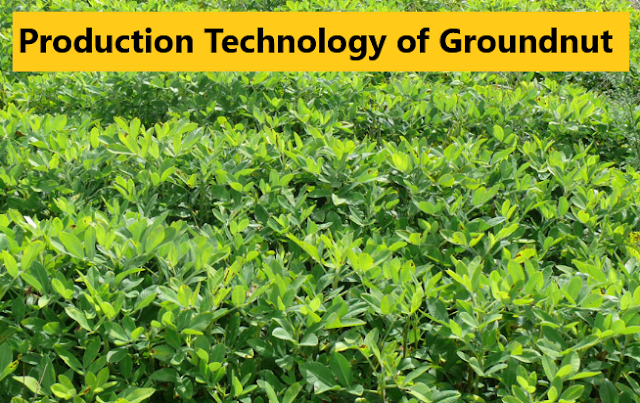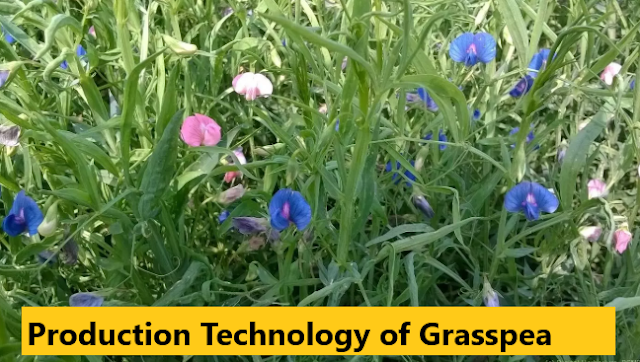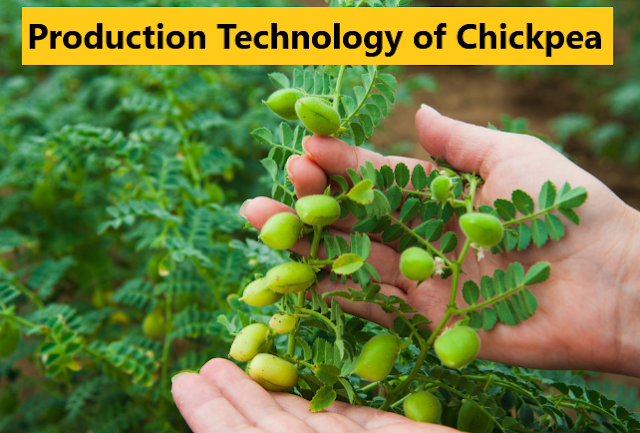New Update Production Technology of Safflower

B.Sc.Ag. (Hons) Part-IV Production Technology of Safflower. https://cststudy.blogspot.com Production Technology of Safflower Local Name: Karadi, Kusum, Kardai, Kusumbha. Family: Compositae. Botanical Name: Carthamus tinctorius . Origin Abyssinia and Afghanistan. Economic Uses of Safflower 1. Safflower is most important rabi oilseed crop. 2. It is grown mainly for edible oil and sometimes for dye purpose. 3. The oil is good for heart patients as it contains polyunsaturated fatty acids. 4. It is drying oil and hence used in manufacture of paints, varnishes, water proofing material, adhesives for glass etc. 5. The oil cake from decorticated seed is fed to cattle. 6. The leaves of young plants are used as vegetable. 7. Red and yellow dye obtained from the flower heads is used for colouring cloths. 8. It is grown as border crop to protect the main crop from domestic animals. 9. Dried stalks are used as fuel or




